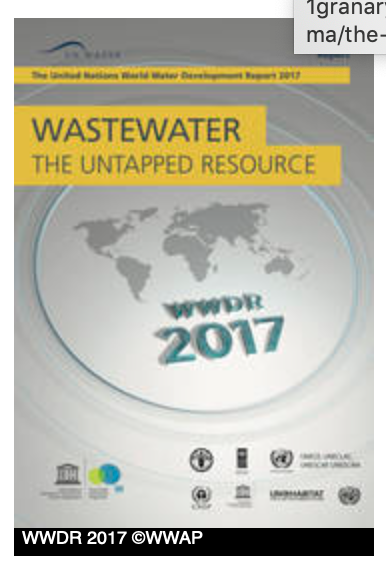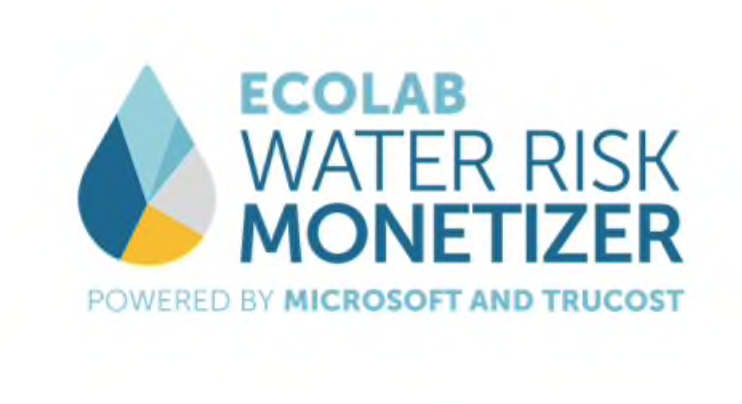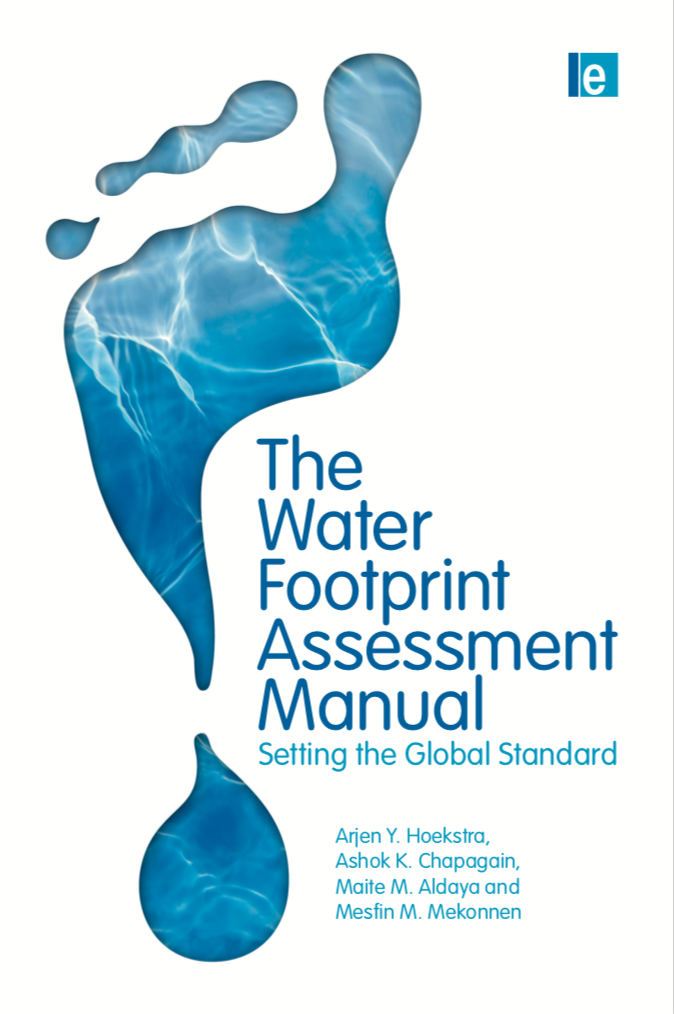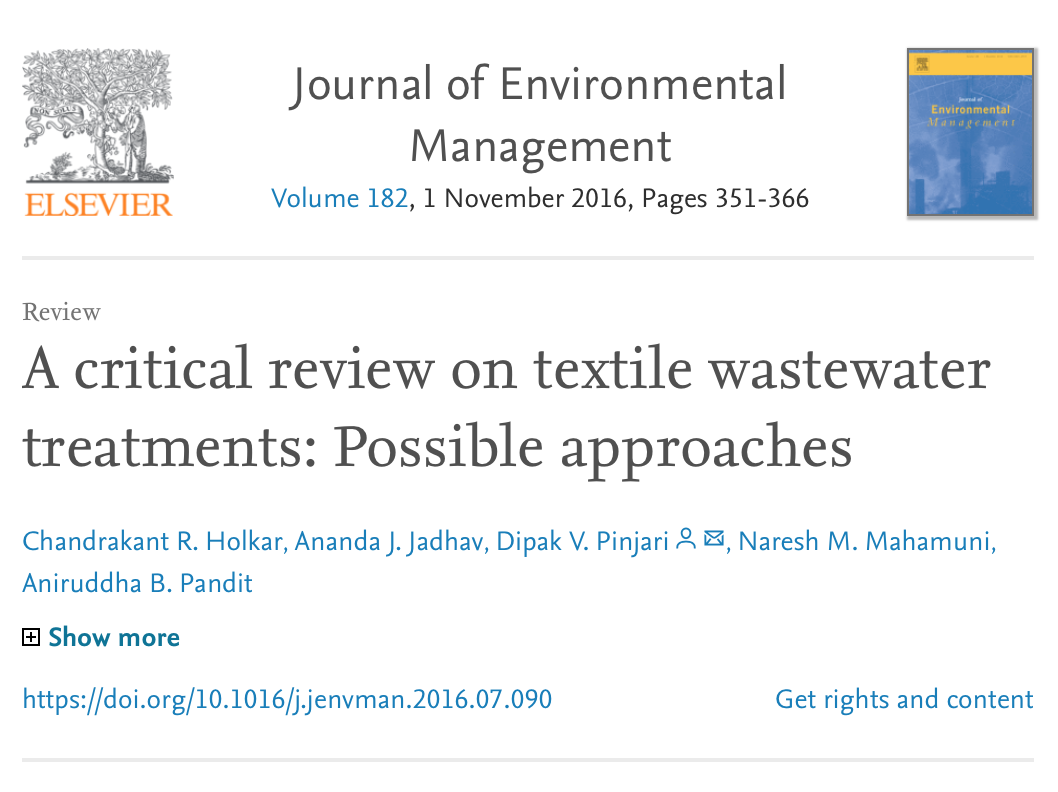-
World Water Development Report 2017

This is a report by the United Nations that demonstrates how improved wastewater management generates social, environmental, and economic benefits essential for sustainable development and is essential to achieving the 2030 Agenda for Sustainable Development. It seeks to inform decision-makers, government, civil society, and private sector, about the importance of managing wastewater as an undervalued […]
-
Water Risk Monetizer

This is a free tool created by Ecolab that provides actionable information to help businesses understand water-related risks and quantify risks in financial terms to inform responsible decisions that enable growth. SOURCE: ECOLAB
-
The Waterfootprint Assessment: Setting the Global Standard

This is a book from 2011 that contains the global standard for ‘water footprint assessment’ as developed and maintained by the Water Footprint Network (WFN). It covers a comprehensive set of definitions and methods for water footprint accounting. It shows how water footprints are calculated for individual processes and products,as well as for consumers, nations, […]
-
A Critical review on textile waste water treatments: Possible approaches

This is an academic journal article from 2016 that presents different treatment methods to treat textile wastewater along with the cost per unit volume of treated water. Treatment methods discussed in this paper involve oxidation methods (cavitation, photocatalytic oxidation, ozone, H2O2, fentons process), physical methods (adsorption and filtration), biological methods (fungi, algae, bacteria, microbial fuel […]